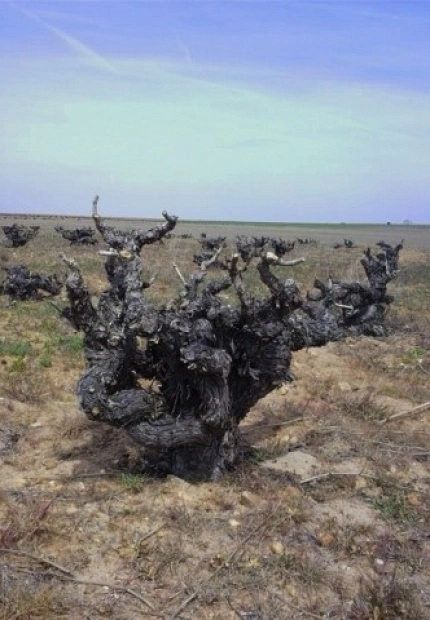Phylloxera and pre-phylloxera vineyards
Phylloxera, a small parasitic insect of the genus Daktulosphaira, became an unexpected protagonist in the history of viticulture, especially in pre-phylloxera vineyards. This insect, native to North America, was inadvertently introduced to Europe in the mid-19th century and triggered a devastating crisis in the wine industry.
Before the arrival of phylloxera, European vineyards were thriving and producing renowned wines. Phylloxera, however, attacked the roots of the vines, destroying vast tracts of vineyards. The devastation was particularly shocking in France, where vineyards were the heart of the culture and economy. The Bordeaux region, famous for its red wines, suffered considerable losses.
Pre-phylloxera vineyards, which were those planted before the phylloxera invasion, were mostly European grape varieties susceptible to this insect. The roots of these vines were not prepared to resist the attack of phylloxera, resulting in a rapid decline of the vineyards and an unprecedented crisis.
Winegrowers and scientists of the time were challenged to find solutions to save the wine industry. Research on phylloxera and methods to combat it intensified. One of the most successful solutions was the grafting of vulnerable European varieties onto phylloxera-resistant American roots. This revolutionary approach allowed pre-phylloxera vineyards to recover and restore grape production.
The transition to grafted vineyards was not easy. There was resistance and skepticism on the part of some traditionalist winegrowers. However, the need to preserve the European winemaking tradition drove the widespread adoption of this practice. The pre-phylloxera vineyards were saved, but the wine industry underwent significant changes in terms of grape varieties and growing methods.
Phylloxera also left a lasting mark on agricultural research. The study of this pest led to advances in the understanding of interactions between plants and insects, as well as the development of methods to control plant diseases. The experience with phylloxera highlighted the importance of genetic diversification and plant resistance in agriculture.
Today, when walking through European vineyards, it is possible to find areas that still retain the original pre-phylloxera vines. These places are silent witnesses to a tumultuous time in the history of viticulture, remembering the tenacity of winegrowers and the adaptability of the wine industry in the face of unexpected challenges. A very notable area in which phylloxera could not, or did not spread as in the rest of Europe, was the Spanish area of Toro and adjacent areas such as the wine country in which the insect barely had an impact due to the sandy terrain that hinder and prevent its spread. In these areas there are still vineyards that are more than 150 years old from which unique wines are still obtained.
In conclusion, phylloxera left an indelible mark on the history of pre-phylloxera vineyards, leading to significant changes in viticulture and promoting the adoption of innovative practices to save the wine industry. The crisis caused by this tiny insect not only affected the vineyards, but also transformed the way grapes are grown and protected, ensuring the continuity of Europe's rich winemaking tradition.

